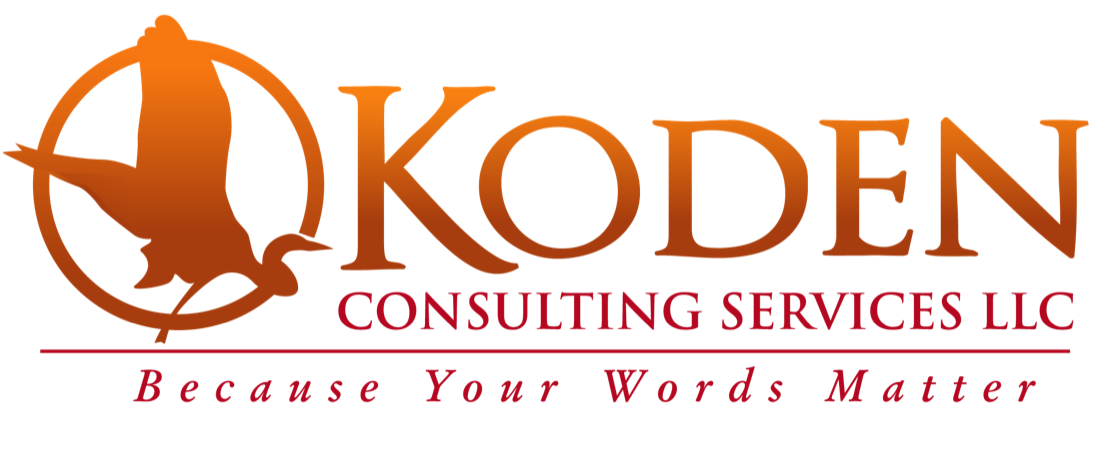Narcissistic Rage in the Workplace
Do you work for someone with an explosive, disproportionate, hair trigger temper? Do you find yourself avoiding this person as much as possible and walking on eggshells when you must? Do you doubt yourself around this person but not others?
No, you’re not being ‘too sensitive.’
There’s a term for this behavior- ‘Narcissistic Rage’, a leading cause of relational trauma within workplaces, especially when it’s coming from someone sitting in a seat of authority or influence, which sadly is often the case.
Narcissistic Rage can be a career killer. Just ask Rob Marciano, who’s enviable 10 year gig as Meteorologist for ABC’s Good Morning America (defined by Marciano as his ‘dream job’) came to an abrupt end, landing him on the unemployment line after a recent ‘screaming match’ with a colleague. This however was not the first episode, but it was the final one, characterized as the ‘last straw’ for the network after a long history of ‘anger management’ difficulties with Mr. Marciano. We are living and working in a time where this is no longer being tolerated.
Narcissistic Rage goes way beyond being an expression of anger. It’s a weapon used to maintain control of others through fear and prevent exposure of any mistake, flaw, fault, slight, or weakness, as perceived by that individual that does not align with the image they cultivate used to navigate the world. It’s intended to intimidate, keep people off balance and at arm’s length to avoid being questioned, confronted, disobeyed, and essentially, revealing what’s ‘under the hood.’ Its effect is meant to ‘neutralize’ intended targets and serve as a warning to any bystanders watching or within ear shot.
What does Narcissistic Rage look like?
· Explosiveness; a verbal and behavioral ‘bomb’ going off
· Screaming, yelling, breaking things, throwing objects
· Verbal evisceration, belittling, name calling, profanity laced tirades
· Leveling threats that can escalate to physical violence
· Deliberate intimidation
· Seething resentment and grudges, plotting, retaliatory/punitive behavior
· Inability to comprehend or care about the impact of their behavior on others
· Being completely out of control and feeling entitled to do so
Narcissistic Rage is abusive, unjustifiable and an indicator of a deficit in emotional maturity and self regulation necessary for responsible leadership. It is not about an episode of losing one’s temper, but a pattern of behavior expressing a constellation of the symptoms described above, over an extended period of time.
What’s the impact of being a target or bystander of Narcissistic Rage?
· Trauma and acute stress responses that can be long lasting
· Chronic anxiety, panic attacks, fear, terror
· Heart palpitations, hyperventilation and breathing challenges
· Exacerbation or escalation of pre-existing health conditions
· Depletion of immune system functioning
· Digestive issues, nausea, light headedness
· Inability to focus and concentrate, brain fog, word retrieval difficulties
· Difficulty seeing what’s right in front of you or comprehending what’s being said to you
· Shame, guilt, humiliation, loss of confidence, self-doubt, loss of self-worth
Make no mistake…being a target or a bystander of Narcissistic Rage can be traumatizing.
Why? Being in the vicinity of this particularly vicious behavior registers as a threat by the human brain, which will then do what it is hard wired to do-activate the non-voluntary, biological response of fight, flight, or freeze in order to meet that threat. I’m not talking about temporary, intermittent ‘stress within tolerance’, which our brain is built to manage well. I’m talking about an overwhelming of your central nervous system that leads to trauma and acute stress responses.
Being a bystander rather than a target does not make one immune to impact from this kind of behavior and increases the likelihood of moral distress outcomes. When bystanders feel compelled to intervene on behalf of the target but are constrained by fear of consequences or other circumstances, that creates a clear pathway to moral injury…. another driver of trauma. The hallmarks of psychological distress from moral injury are shame, humiliation, self-blame, self-loathing, rage, loss of confidence and self-worth.
It’s important to understand that the threat response to Narcissistic Rage is biological. Because the brain is hard wired to respond to repetition, the higher the frequency of your experiencing this person in this way, the more your brain will associate them with ‘threat.’ Even a one time exposure to someone behaving this way, if sufficiently overwhelming to your central nervous system, can do this.
What’s the impact of Narcissistic Rage on organizations?
Not good. Contrary to conventional wisdom… fear is not a driver of better performance and productivity; it does the exact opposite. Why? We can again look to our biology for answers.
The human brain cannot be activated in both ‘survivor mode’ (limbic system) and ‘growth mode’ (executive functioning) simultaneously. When the brain registers a threat, its only goal is survival and specifically, finding the nearest way out, whether that’s from a conversation or an actual location. Productivity, problem-solving and innovation happen in other parts of the brain that will not ‘light up’ when the limbic system is on alert and will remain inaccessible until our central nervous system calms down. This is why trauma in the workplace is so disruptive and obstructive to organizational outcomes. It becomes very difficult to get anything of substance done in a timely manner.
Within trauma marinated work environments, people do what will keep them safe, not what is the best or most innovative. They will avoid taking initiative, reporting negative outcomes, mistakes, or suggesting alternative methods. Accountability diminishes, with scapegoating and blaming others becoming prevalent. Conflict and relational scratchiness spreads and the organization becomes a ‘Lord of the Flies’ representation.
Another impact of narcissistic leaders and their rage on organizations?
They expect employees to meet their emotional needs and every decision they make is predicated on self-interest, self-preservation, and self-image. Adapting to new challenges outside of their familiarity or expertise becomes a casualty of their inability to ask for help or engage in learning, eventually driving the organization into the ground. Narcissistic leaders are incapable of putting the organization and its members ahead of themselves and are more apt to cut corners, bend the rules, engage in fraud, and become entangled in inappropriate relationships and scandals resulting in legal exposure. In the throes of rage, they can be quick to terminate employees unfairly and exact punishments or retaliation with unwanted outcomes in the long term. What do you think all of this does for an organization’s brand?
What to do?
In very plain terms-get away from these people as quickly as possible.
Narcissism and specifically Narcissistic Rage are rarely ‘curable’ though can be managed if the individual is willing and committed to change. Rarely do these individuals embrace rehabilitation and will continue to create harm for those in their path. And don’t be fooled into thinking that superior performance or loyalty will inoculate you. It won’t. Narcissistic Rage is always about that person, not you. Transferring to another department, unit or direct report is critical to your physical and mental well-being now and in the future.
If you sit on a Board overseeing a CEO or anyone in a leadership role that resembles what we’ve been discussing, strongly consider taking actions to reign them in or begin the process of cutting them loose, before your front door becomes a turnstile and you find yourself having to answer for their conduct on your watch. Willful blindness is not a winning strategy. These individuals have massive blind spots and are typically un-coachable.
Not sure if this is happening in an organization your Board is overseeing? Its not difficult to find out. Have a neutral third party facilitate a highly confidential and anonymous employee assessment, asking unvarnished questions, to current and previous employees, where the results go to the facilitator, not the leader in question, so people feel safe to tell the truth. Additionally, conduct in-depth exit interviews by a neutral interviewer. Look for similar themes and common denominators within the reported results. You’ll learn plenty.
If lateral moves in your current organization aren’t feasible, seriously consider finding new employment. It's the difference between breathing in poison on a regular basis or breathing fresh air. Though changing jobs is not at all easy, remaining in a toxic eco-system has far reaching consequences. Pick your hard.

